People will tolerate lower-quality video, but they won’t tolerate poor audio.
If you’re reading this, you’ve probably come to the realization that your computer or on-camera microphone isn’t very good and it’s time for an upgrade.
Don’t worry, we’ve got you covered. Whether you’re planning to become the next big streamer or podcaster, or just need a good mic for recording; we’ll show you the best microphones for recording, streaming, and podcasting in 2022.
Table of Contents
Share Hi-Res Audio and Video Files
Deliver large production-quality media files with MASV
Types of Microphones
In order to know what microphone is best for you, you’ll need a general understanding of the different types of microphones and when to use them.
Below is an image of polar patterns of the most popular types of mics, which include:
- Omnidirectional
- Subcardioid
- Cardioid
- Supercardioid
- Hypercardioid
- Bi-directional
- Shotgun
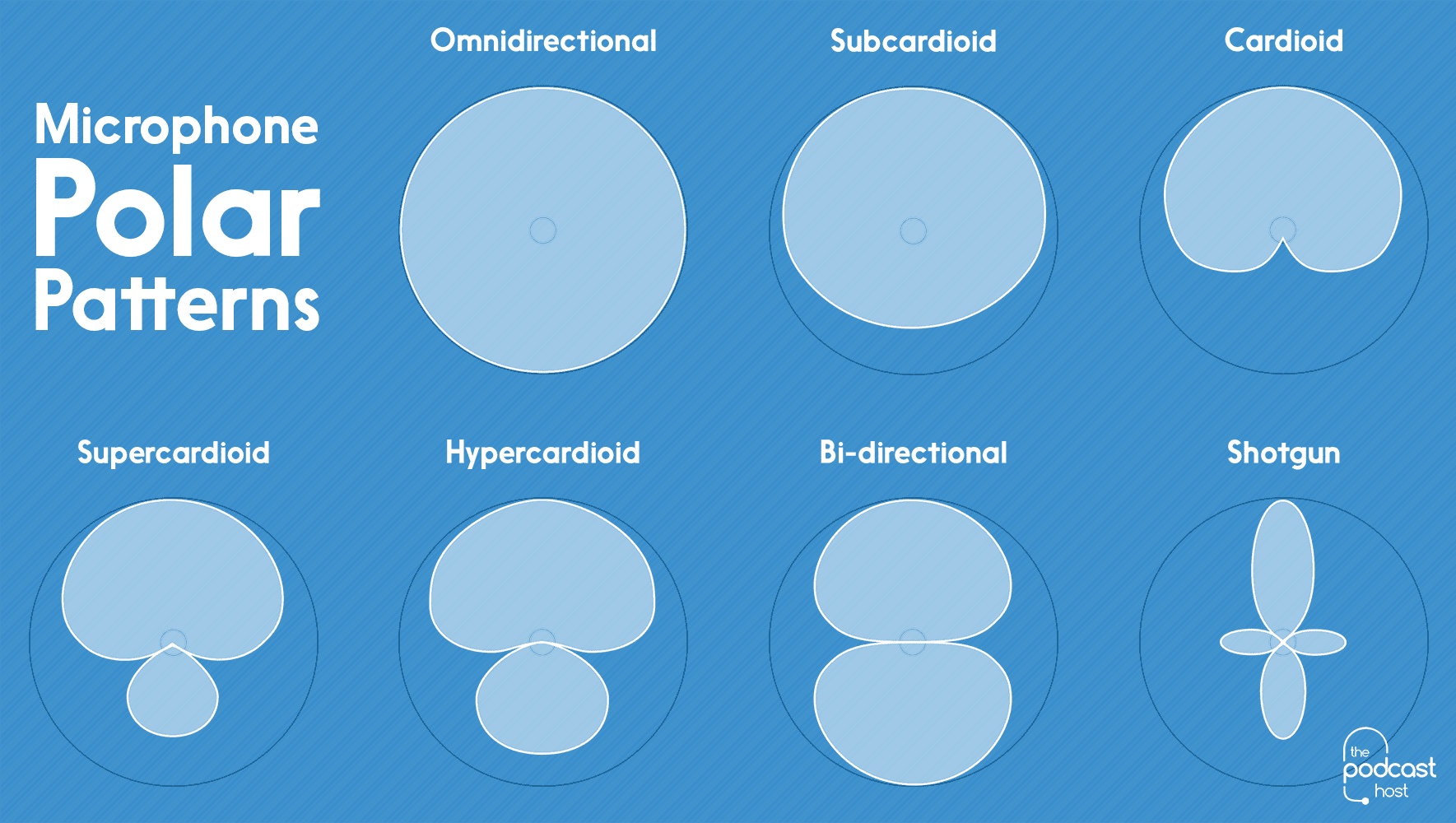
Source: The Podcast Host
The most popular of which are cardioid, omnidirectional and bi-directional. With most really good microphones, you can change the polar pattern for your needs.
Like the graph illustrates, an omnidirectional microphone picks up audio from all directions. If you need a little more control, say for an interview where you’re sitting across the table from someone, bi-directional is the most popular option. A cardioid biases the audio in one area of the mic. This is perfect for vocals like a singer performing in a concert.
Read More: Understanding Audio File Formats
What You Should Know Before Buying
Before you run off and spend hundreds of dollars on a new mic, please consider this important tip.
They key to good audio is proximity to the mic.
You can have a $500 shotgun mic, but if it’s 20ft away from your subject, then a mere stock iPhone headset with a built-in mic will outperform it.
Another important tip is to beware of counterfeits. Without the logo, a $20 and $500 microphone can look identical. Thus, counterfeiters are slapping an RØDE logo on a mic and charging a lot more to dupe customers. This has become such a problem that RØDE issues this warning on the homepage of their website:
So, if you’re planning to purchase a RØDE mic (or any other premium brand), be sure to purchase from authorized sellers. On Amazon, this means the order should be sold and shipped by Amazon.com, as other sellers are able to post listings on Amazon.
File Transfer for Creators
Use MASV to deliver large production files to and from editors
The Best Microphones for Recording, Streaming and Podcasting in 2022
If I could only have three mics, it would be a multi-pattern mic, a shotgun mic, and a lavalier mic.
Recording audio is very situational, and those three mics can cover a variety of situations. But it is a personal choice, and it can vary from person-to-person.
When I’m shopping around, I always consider the best bang for the buck. So, here are the best microphones you can purchase to up your audio game:
1. Blue Yeti: The Best USB Microphone
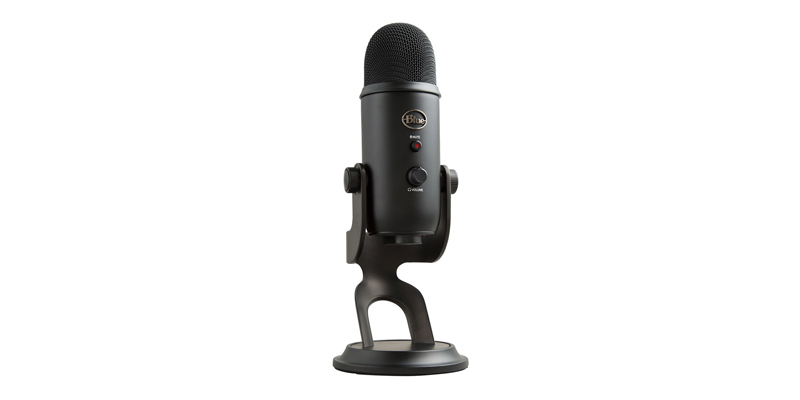
If you’re doing research, you’ll see this mic mentioned often. Blue claims that the,
“Blue Yeti is the #1 best-selling USB microphone for YouTube, Twitch, podcasting and more.”
It has four pickup patterns, perfect for a variety of uses including podcasting, recording and streaming. It’s used by Marques Brownlee, one of the most popular YouTubers. It’s also used by DrLupo and Myth, professional Twitch streamers.
Available at a retail of $129, it’s currently on sale for $99 on Amazon.
2. Shure SM7B: The Pro’s Pick
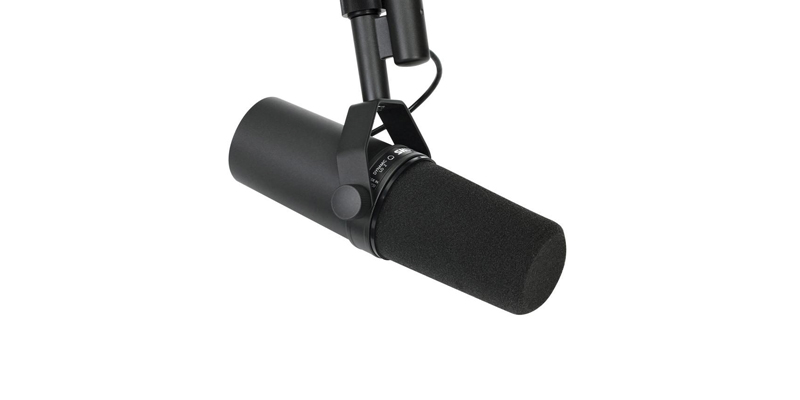
The Shure SM7B is used by the most popular podcasters including Joe Rogan, Marc Maron and Dax Shepard. It’s used by Ninja, the #1 Twitch streamer in the world according to number of followers.
The Blue Yeti is a great all purpose microphone perfect for the vast majority of people looking for a new microphone. On the other hand, the Shure SM7B is the mic of choice by many professionals for true broadcast quality audio.
Unlike the Blue Yeti, this is an XLR microphone that needs to be powered, which means you’ll need an audio interface or audio mixer — and an XLR cable. The mic by itself retails for $399 on Amazon.
It’s also unidirectional, thus you would absolutely need multiple microphones if you’re interviewing someone for a podcast. Compare this to the Blue Yeti, where it has a bi-directional pickup pattern.
How much better is it? Well, I’ll let you listen and be the judge. Philip Peck has a comparison of both microphones on YouTube:
3. HyperX QuadCast S: Perfect for Creators
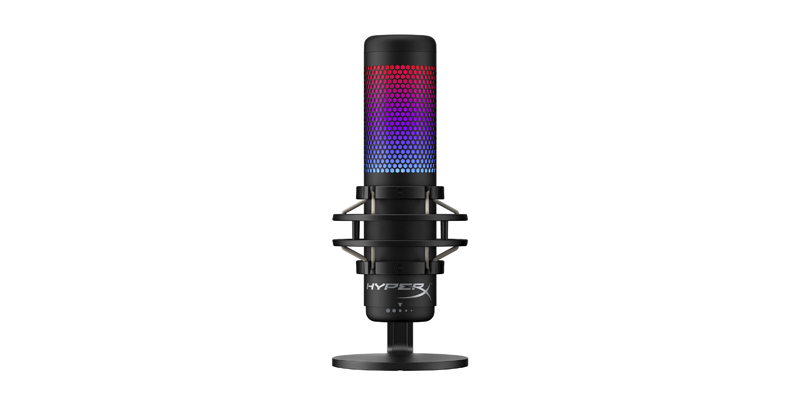
If you’re looking for a microphone that sounds great and looks good on camera, the HyperX QuadCast S is your best bet. The QuadCast comes in two models: the QuadCast ($97) and the QuadCast S ($160). Both models offer the same audio quality as well as:
- Anti-vibration shock mount
- Tap to mute sensor
- Four polar patterns (Stereo, Omni, Cardioid, Bidirectional)
- Gain control adjustment
- Compatibility with third-party devices
So why the $60+ jump in price between the two models?
The HyperX QuadCast S comes with configurable RGB settings and is compatible with HyperX’s NGENUITY software. You can create custom color presets and unique light movements to fit your channel’s branding.
If you’re serious into creating your own gaming content for YouTube or Twitch, the HyperX QuadCast S can add to the aesthetic you’re going for. It also pairs with popular streaming platforms like PC, PS4/5, and OBS to reduce the number of software you need when recording (and that’s always a plus).
Read More: How To Transfer Raw Files
File Transfer for Creators
Use MASV to deliver large production files to and from editors
4. RØDE: An Upgrade from Your On-Camera Mic
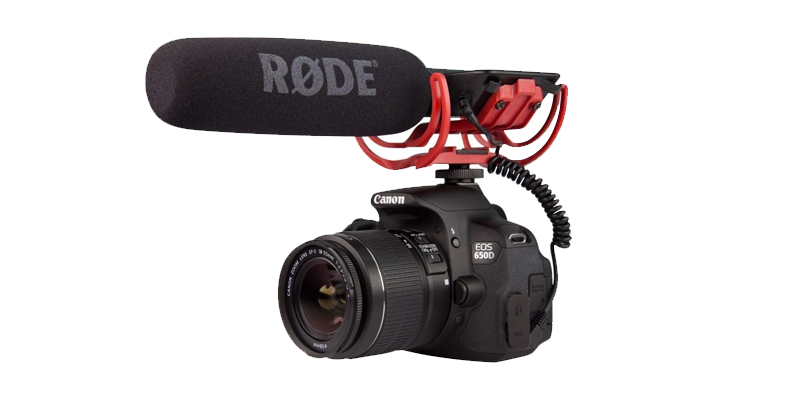
Now if you’re shooting video as well, perhaps you just need an upgrade from your camera’s built-in mic. For that, I would recommend a shotgun mic.
I would recommend RØDE for shotgun mics, and again, be sure to buy from an authorized reseller. I have the VideoMic Pro and the VideoMicro, the ladder being a perfect companion for smaller mirrorless cameras. Both mics are used by many top YouTubers including Casey Neistat (12.4 million subscribers).
If you want to take things to the next level, for the highest broadcast quality, the pro’s choice is the NTG4. A microphone built off of Rode’s award winning NTG1 microphone. The NTG4 is used by many top professional filmmakers on Youtube, including Jevan Dovey and Parker Walbeck. The NTG4+ is typically $300 on Amazon.
And for you mobile filmmakers, the RØDE VideoMic Me-L is a great shotgun mic that plugs into your phone’s headphone jack. It’s portable, lightweight, and pretty powerful.
Read More: The Best Free Mobile Video Editing Apps for Creators
5. SmartLav+: The Best Lavalier Mic
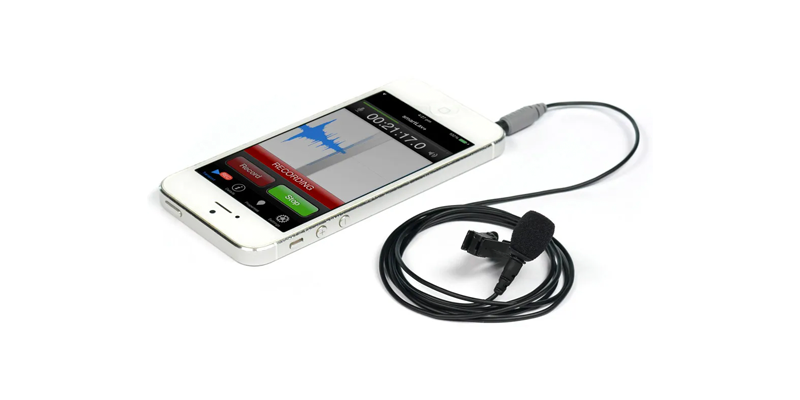
There’s a saying in photography, “the best camera is the one you have with you.” I feel the same about lavalier mics, I own many but my favorite is the RØDE smartLav+ at just $59.
Why? Because it’s the easiest to use, just simply plug it into your smartphone. For any other lavalier mic, you’ll need to pair it with an audio recorder (Zoom H4n is my favorite).
Lavalier mics are great for when you don’t want a big microphone like the Shure SM7B or Blue Yeti in the shot. They’re great for interviews, and they’re a must have for shooting weddings (groom’s pocket, minister’s pocket, just to name a few).
If you’re shooting outdoors, or anywhere ambient noise may be an issue, a lavalier mic is a great option.
The downside, of course, is the setup time. You’ll have to run it underneath clothing and, sometimes, with excessive movement, you’ll hear clothes brushing against the mic. You can used professional wireless lavs like the RØDELink but they run steep at $400. You’ll also have to spend a few minutes testing the setup and playing it back before using it for production.
Another downside specific to the smartLav+ is that since it’s used with a smartphone, you’ll have to use it on Do Not Disturb to prevent notifications, and you’ll have to make sure it doesn’t unlock in your pocket and pause the audio (I learned that the hard way). Personal audio recorders have lock switches that prevent that from happening.
Final Thoughts: Even the Best Microphones Fail
The last tip I’ll leave you with is to consider having backup audio. If you’re all set for a big podcast interview, things can happen. Devices fail, batteries die, memory cards fill-up, etc. So if your budget is $800, instead of springing for two Shure SM7B’s because that’s what pros use at the highest level, instead consider a couple Blue Yeti’s and a good shotgun mic or personal audio recorder as a backup. Especially if you’re starting a new podcast or stream, and a return on investment is a consideration.
So there you have it. Those are the best microphones for recording, streaming, and podcasting in 2022. Once you finish recording your latest live stream or video podcast and you need to send it to your editor before uploading to YouTube, use MASV to deliver files quickly.
MASV is a large file transfer service for filmmakers and video creators. We specialize in moving heavy video files — like a 4K recording of a 2-hour stream — fast. It’s why video content creators, like Team Liquid — one of the largest eSports org in the world — trusts MASV to deliver their media files. If you sign up for MASV today, you get access to 20 GB of data to send and receive files to and from your production team.
Large Media Delivery Guaranteed
Get 20 GB to use with the fastest, large file transfer service available today, MASV.
